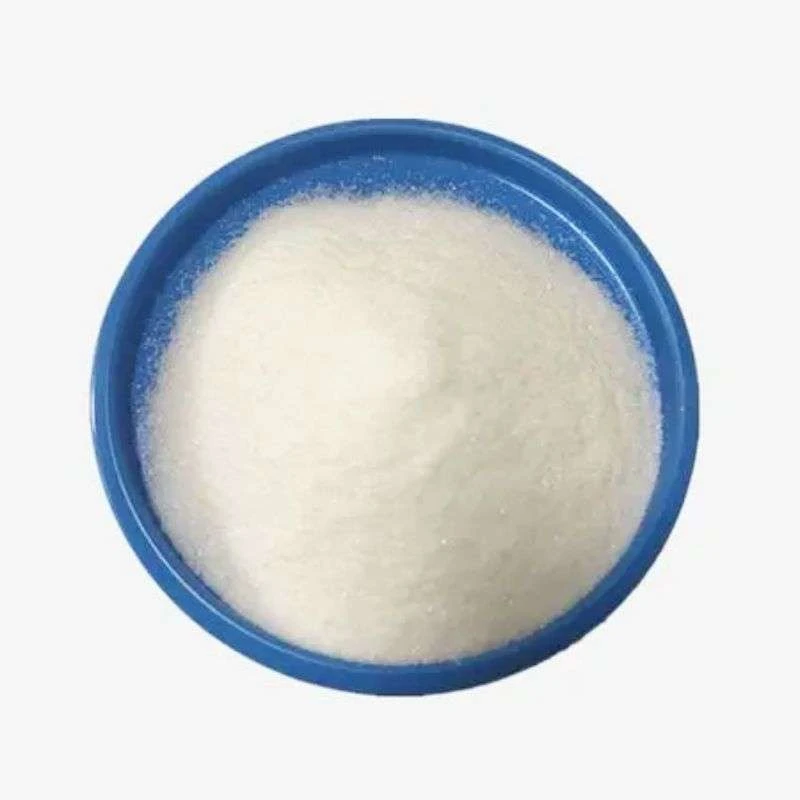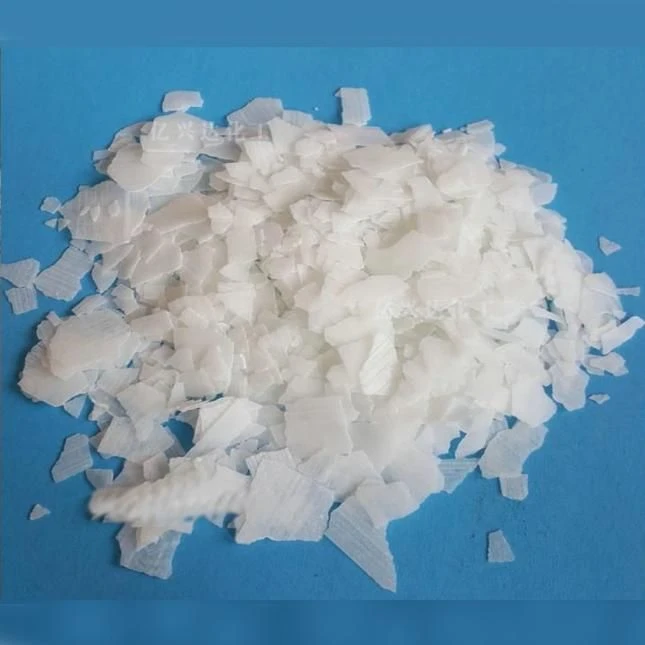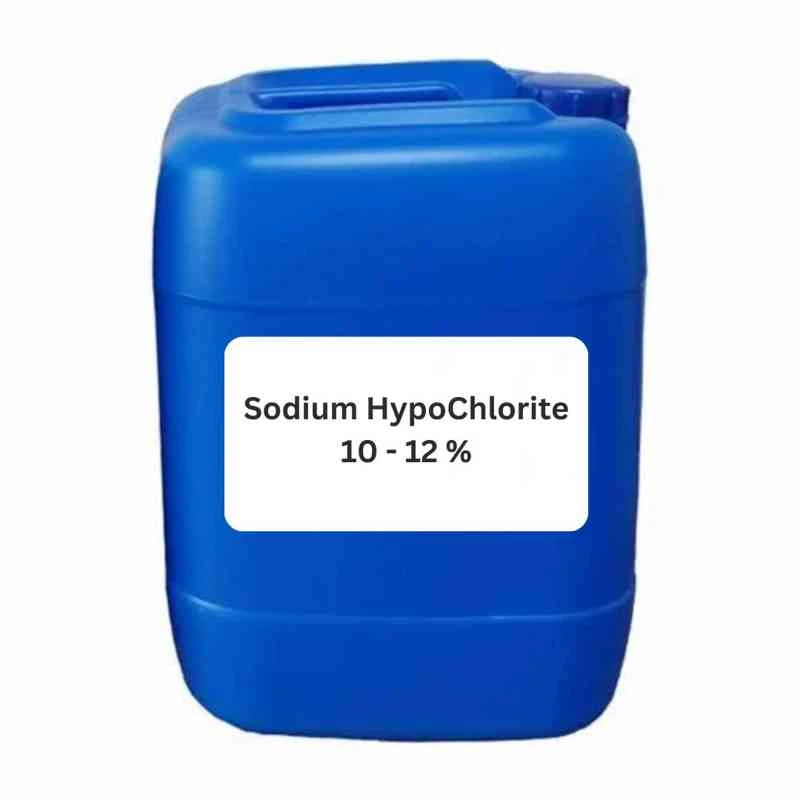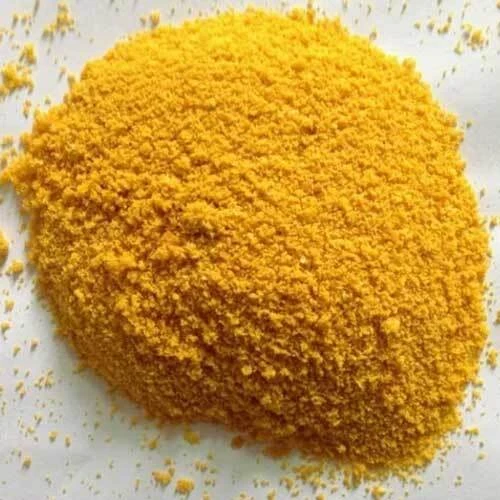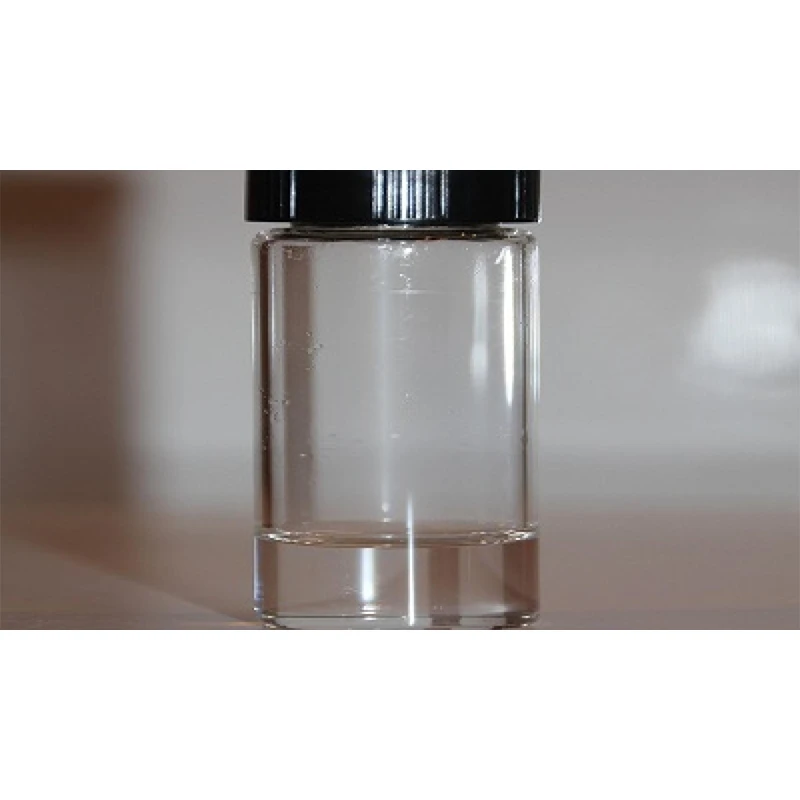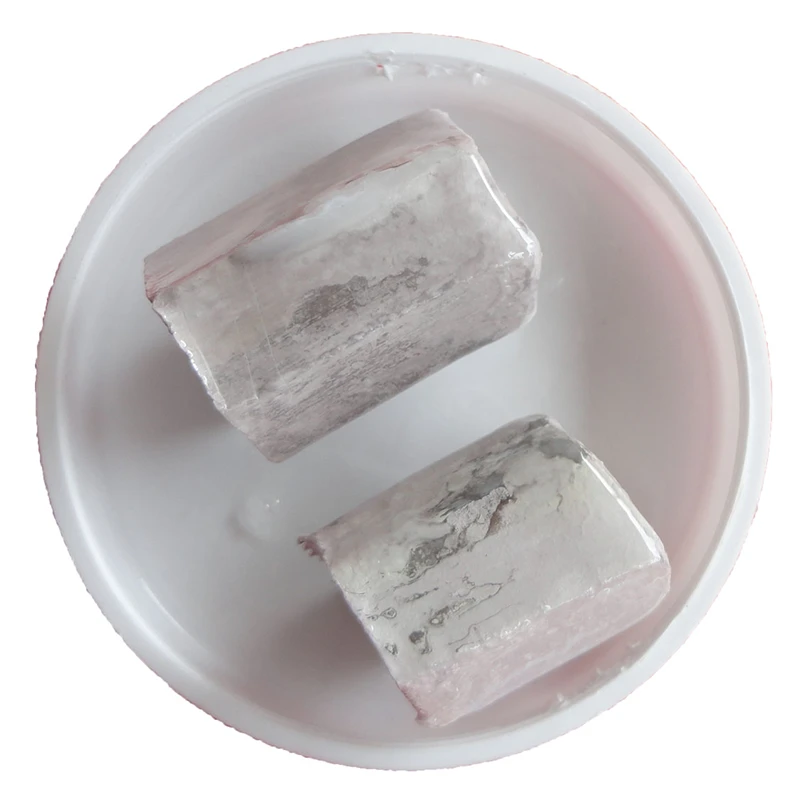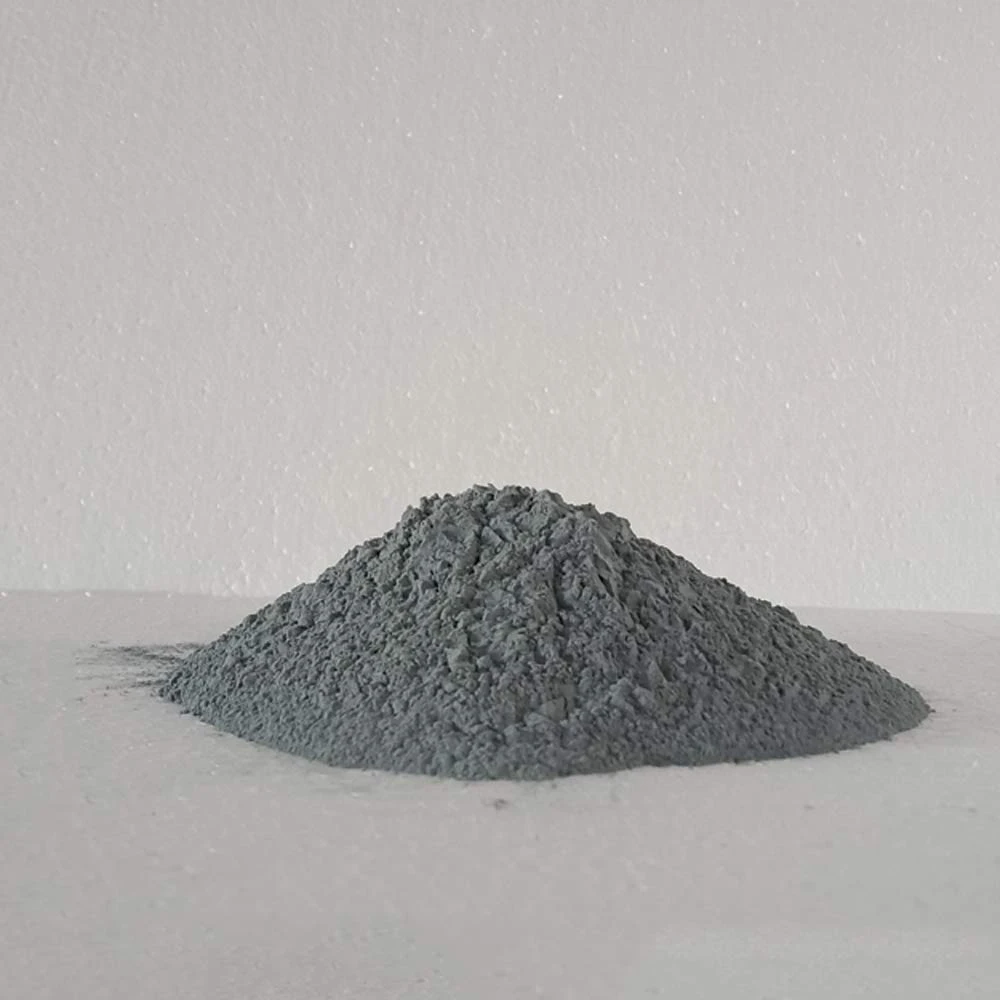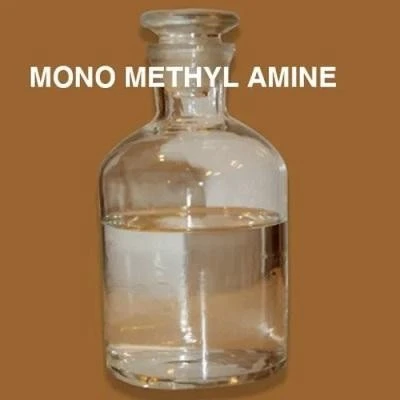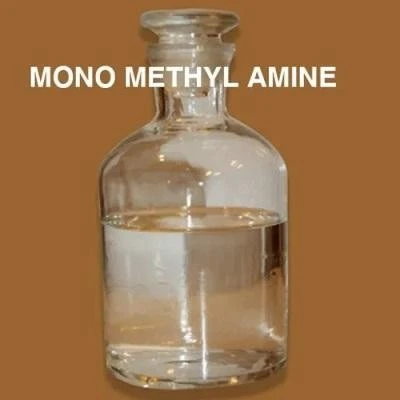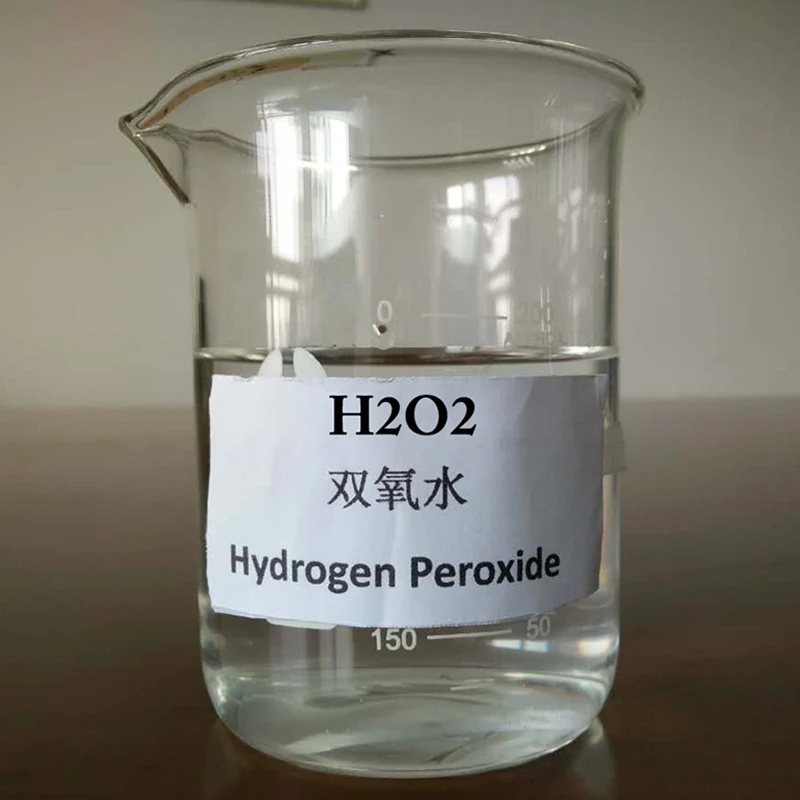


Grass Pesticide: the invisible guardian of green lawns
In urban parks, community courtyards, sports venues, and other places, lush lawns are a beautiful connection between nature and life. As a product specifically targeting lawn pests, Grass Pesticide has become an important force in safeguarding lawn health due to its precise action and gentle characteristics.
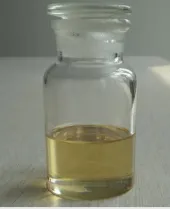
The ingredient selection of Grass Pesticide balances efficiency and safety
The core components of safe pesticides are mainly derived from natural plant extracts or low toxicity chemical synthetic substances. Natural ingredients such as matrine and pyrethroids are extracted from plants and have strong inhibitory effects on lawn pests; Low toxicity chemical components are rigorously screened to ensure insecticidal effects while reducing their impact on lawn grass, soil, and surrounding environment. These ingredients are scientifically proportioned to form targeted formulations that can effectively kill pests and avoid damage to the lawn ecology.
The mechanism of action of Grass Pesticide exhibits high targeting specificity
For pests with chewing mouthparts, such as grubs and armyworm larvae, pesticides will enter their digestive system through feeding, interfere with metabolic processes, and gradually cause them to lose their ability to move until death; For pests with piercing sucking mouthparts, such as aphids, leafhoppers, etc., pesticides will damage their nervous system through contact or internal suction, quickly blocking their feeding behavior. The precise action of this homemade pesticide can kill pests while minimizing the impact on beneficial organisms in the lawn.
Compared with general insecticides, Grass Pesticide has significant unique advantages
Indoor pesticides have extremely high safety for lawn grass. After use, they will not cause grass damage such as yellowing or withering, and can maintain the original green vitality of the lawn. At the same time, the residual amount of the pesticide in the soil is extremely low, and the degradation rate is fast, which will not cause damage to the soil structure and microbial environment, and is conducive to the long-term growth of the lawn. In addition, its shelf life is moderate, which can continue to exert insecticidal effects without causing negative impacts on the surrounding ecology due to prolonged residue.
Grass Pesticide has a wide range of applicable scenarios
In the large-scale lawns of urban parks, various leaf eating pests and underground pests can be effectively prevented and controlled, maintaining the neat and beautiful appearance of the lawns; In the small lawn area of the community, common pests such as aphids and spider mites can be targeted to provide residents with a comfortable leisure space; On sports lawns such as football fields and golf courses, it can ensure that the lawn is protected from insect infestations under high-intensity use and maintain good athletic performance.
In summary, as a product designed specifically for lawns, Pesticide Spray for Home has become an indispensable aid in lawn maintenance due to its scientific ingredient combination, precise mechanism of action, outstanding safety advantages, and wide range of applicable scenarios. It not only safeguards the healthy growth of lawns, maintains their beauty and functionality, but also takes into account ecological safety, creating a vibrant green world for people and demonstrating its important value in the field of lawn maintenance.
Grass Pesticide FAQs
What is the main mechanism of action of Grass Pesticide?
Glyphosate is a broad-spectrum systemic herbicide that inhibits the activity of 5-enolpyruvate shikimate-3-phosphate synthase (EPSPS) in plants, blocking the synthesis of aromatic amino acids, leading to stunted plant growth and gradual death. It has significant effects on most annual and perennial weeds, especially suitable for weeding in farmland, orchards, and non cultivated land.
What safety precautions should be taken when using Grass Pesticide?
When using glyphosate, protective clothing, gloves, and masks should be worn to avoid contact with the skin or inhalation of droplets. During the application period, eating or smoking is prohibited, and exposed areas should be cleaned promptly after application. In addition, attention should be paid to the wind direction to prevent the liquid medicine from drifting to nearby crops and causing pesticide damage, and to avoid spraying on rainy days to reduce the risk of loss.
What are the potential impacts of Grass Pesticide on the environment?
Glyphosate is easily degraded by microorganisms in soil and has a short half-life, but it may be toxic to aquatic organisms and should be used away from water bodies. Long term single use may lead to increased weed resistance, and it is recommended to rotate herbicides with different mechanisms of action to delay the development of resistance. Under reasonable use, its risk of groundwater pollution is relatively low.
On which crops is Grass Pesticide suitable for use?
Glyphosate is mainly used for weed control in non cultivated land, orchards, tea gardens and other areas, and can also be used for weed control in genetically modified glyphosate resistant crops such as glyphosate resistant soybeans and corn. For common crops, directional spray shall be conducted before sowing or after harvest to avoid direct contact with green tissue of crops.
How to properly dilute Grass Pesticide to achieve optimal results?
According to the recommended dosage on the product label, the water consumption per acre is generally 30-50 liters to ensure that the medicine evenly covers the leaves of weeds. For perennial malignant weeds, it is appropriate to increase the concentration or apply secondary pesticides. When applying pesticides, choose clear and windless weather, and the effect is better during the vigorous growth period of weeds (4-6 leaf stage). Avoid using under dry or low temperature conditions.
-
Zinc Chloride: a reliable stabilizer for ice dye color salts in the dye industryNewsAug.11,2025
-
Propargyl Alcohol: A Multifunctional Chemical Additive in the Industrial FieldNewsAug.11,2025
-
Phosphorus Pentasulfide: a special material that combines moisture absorption and basic chemical valueNewsAug.11,2025
-
Natural Pesticides: The Environmental Choice for Green Prevention and ControlNewsAug.11,2025
-
Dimethyl Sulfoxide: Key Assistance in Sample Management and Drug ScreeningNewsAug.11,2025
-
Uncover the Benefits of Sodium ChlorateNewsJun.24,2025
-
Sodium for Sale: Your Essential ResourceNewsJun.24,2025
